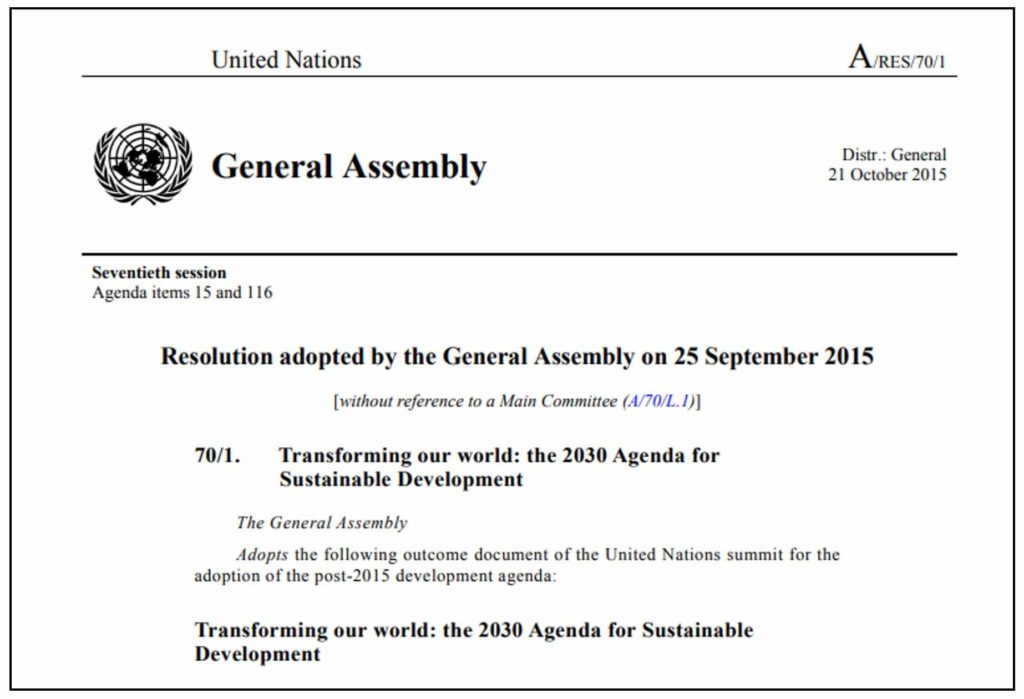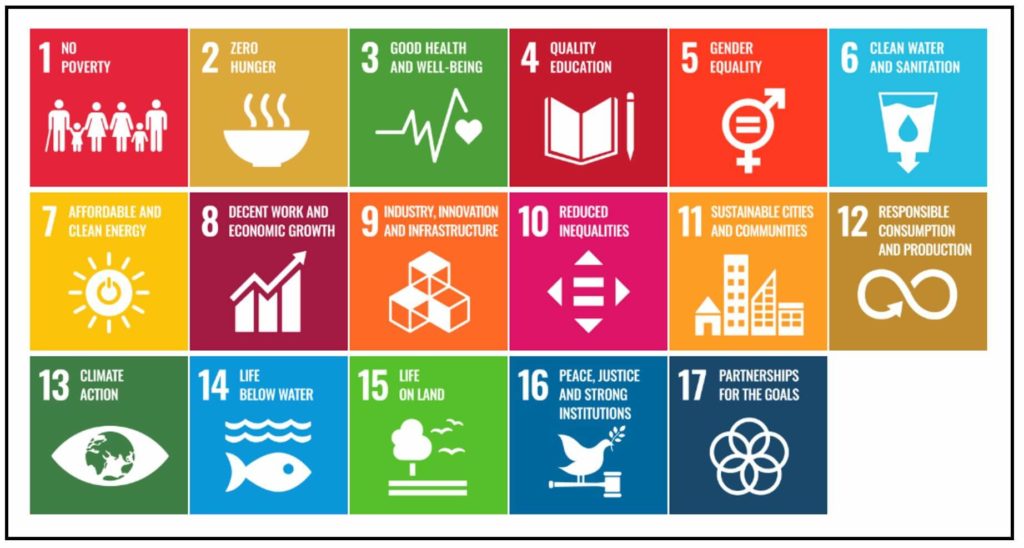[orc]The Sustainable Development Goals (SDGs) are an important benchmark to measure progress of nations on various pressing issues. How is India tracking progress of SDGs? Here is an explainer.
With the objective to alleviate poverty, ensure peace and prosperity, tackle environmental issues and protect the planet, the member nations of the United Nations adopted seventeen ambitious goals in 2015 known as the Sustainable Development Goals (SDGs). The 17 goals are interlinked and each goal has targets that countries need to meet in order to achieve the goal. For each target, there are measurable indicators so that countries can regularly evaluate their performance and take necessary actions after identifying the shortcomings. What are these sustainable development goals? Why are they necessary? How does India measure these SDGs? We look into these questions in this story.
What are the Sustainable Development Goals (SDGs)?
The current geological age has been termed as ‘Anthropocene’, meaning ‘age of human beings’, by many scientists since human activities have a profound impact on the environment and climate. This has resulted in myriad of pressing environmental, political and economic challenges across the planet which need to be resolved immediately.
In the United Nations Conference on Sustainable Development at Rio de Janeiro in 2012, world leaders came together and arrived at the idea of a plan of action to deal with the problems. It was in 2015 that the Agenda 30 and SDGs were finally devised after a lot of consultations and negotiations. 193 member countries accepted the goals which are to be achieved by 2030. The goals come with 169 specific targets and 232 measurable indicators. The Millennium Development Goals (MDGs) came to an end in 2015 following which SDGs were adopted. (To know more about MDGs and India’s performance, you can read Factly’s article here).

What is the need for SDGs? Why are they important?
SDGs are universal in nature and not made exclusively for developing countries. Moreover, they address majority of the issues that people are faced with in the present and includes all, leaving no section behind. It acts as a blueprint for ensuring a sustainable future for all by promoting sustainable development. The goals are interlinked and integrated in nature. This means that actions taken in any one sector will have impact on other sectors as well. Goal based planning with measurable indicators will help in evaluating the progress made over time by a country or a state which is implementing measures to attain the goals and also see whether it is on par with other nations. It also helps in identifying & determining areas to improve.

How is India’s performance in the international level?
According to United Nation’s Sustainable Development Solutions Network, in 2019, India has been ranked 115 out of 162 countries in terms of SDG Index with a score of 61.1. Denmark ranks first with a score of 85.2 and Central African Republic ranks the lowest (162) with a score of 39.1. In the South and East Asia region, India is at the 16th position out of the total 18 countries in this region. Only neighbouring countries of Pakistan and Bangladesh stand behind India. Among the BRICS nations, India is at the bottom. In 2018, India was ranked 112 with a score of 59.1.
India still has a long way to go to attain goals of gender equality and poverty eradication
India has been scored the least for SDG 9, (Industry, Innovation and Infrastructure) which is crucial for economic development. Antecedent to this, is gender equality (SDG 5) and zero hunger (SDG 2 which deals with nourishment). Trends in SDG 1, 8 and 13 suggest India is on track to attaining the 2030 target for these three goals. SDG 1 deals with poverty eradication, SDG 8 is based on employment and economic growth and SDG 13 covers the actions taken to combat the drastic effects of climate change.
Thirteen states are performing below the national average
A glance at the performance of states with respect to SDGs indicates that Kerala, Tamil Nadu and Himachal Pradesh are the best performing states as per NITI Aayog’s 2018 report. Assam, Bihar and Uttar Pradesh were identified as the worst performing states. Among the Union Territories, Chandigarh and Puducherry were the best performers. The performance of 13 states was below the national average.

Who is responsible for implementation in India?
In India, NITI Aayog is the nodal implementation institution which has to coordinate and supervise the implementation of Agenda 30 and SDGs. The role of Ministry of Statistics and Programme Implementation (MoSPI) is to monitor the indicators. MoSPI also maintains a dashboard which shows SDG Index of India as well as of each state and union territory. The Ministry has developed a National Indicator Framework for monitoring the progress of SDGs.
The Comptroller and Audit General of India is responsible for auditing the preparedness to achieve SDGs. NITI Aayog has mapped each goal to the existent Central Sector Schemes, Ministries and other initiatives of the government. Certain state governments have also setup dedicated centres to co-ordinate & facilitate with departments regarding SDG action plan.
National Indicator Framework developed by MoSPI helps track performance of India
The National Indicator Framework (NIF) comprises of 306 statistical indicators which help in tracking India’s SDG performance. The indicators used are those which are accepted nation-wide. The periodicity in evaluating the indicators and source of data have also been added in the largest monitoring framework of India. Similarly, states were also asked to develop State Indicator Framework and map the data sources like NIF. SDG 17: which is to be realised through global partnerships and cooperation does not have any indicator under NIF.
Responsibility for implementation of SDGs at state level falls under the purview of Planning Department and its equivalent
At the state level, Office of the Chief Secretary of State provides guidance and oversees the implementation. Planning Department coordinates implementation while Directorate of Economics and Statistics works with required data. Panchayati Raj institutions in rural areas and urban local bodies play an important role at the district level.
In 2018, the government launched restructured Centrally sponsored scheme of Rashtriya Gram Swaraj Abhiyan (RGSA), implementation of which will be between 2018 to 2022 with a total of Rs. 7255.5 crores allocated for the entire process. Through this scheme, government’s aim was to strengthen the Panchayati Raj Institutions to achieve the SDGs.
With just a decade left for all countries around the globe to realise the goals, urgent action need to be called for before it becomes too late. Schemes & Strategies should be modified so that they align with the larger SDGs while keeping in mind the local & regional challenges specific to India.



1 Comment
Pingback: Explainer: How is India tracking progress of SDGs? - Fact Checking Tools | Factbase.us